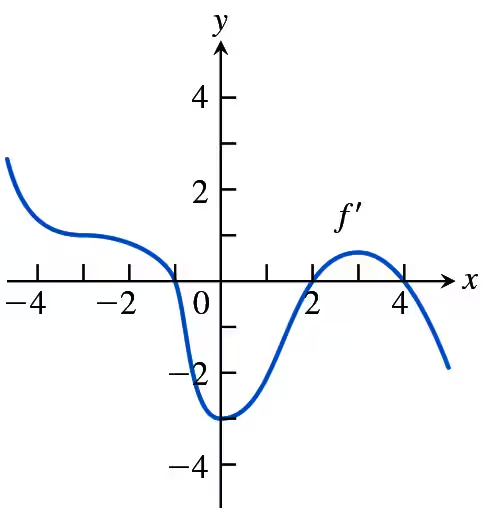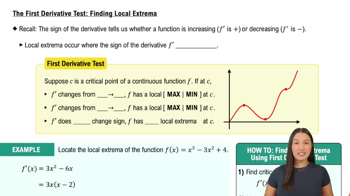Find values of a and b such that the function
ƒ(𝓍) = (a𝓍 + b) / 𝓍² ―1)
has a local extreme value of 1 at 𝓍 = 3. Is this extreme value a local maximum or a local minimum? Give reasons for your answer.

 Verified step by step guidance
Verified step by step guidance Verified video answer for a similar problem:
Verified video answer for a similar problem:



 5:58m
5:58mMaster Finding Extrema Graphically with a bite sized video explanation from Patrick
Start learning